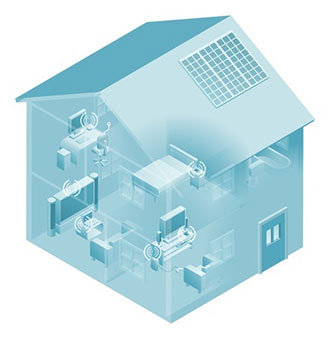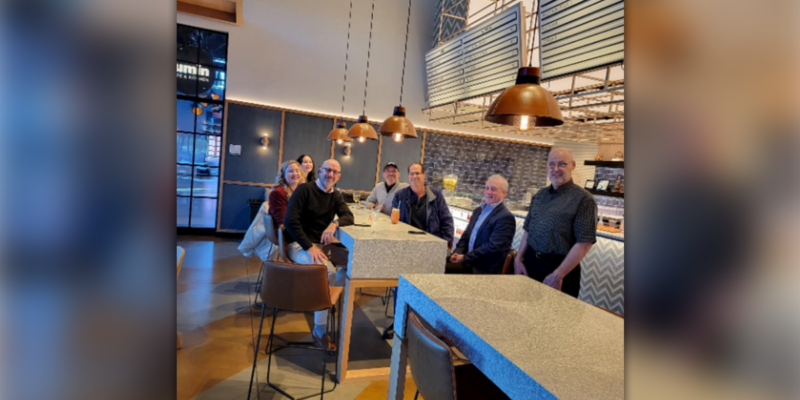Smart TVs and How AV Pros Need To Be Smarter Still
 I loathe the word “convergence.” For nearly two decades, it’s been a byword that has been beaten to death. Yet for the longest time it was also a word that didn’t deliver the goods: so much talk about convergence, with little to show for it.
I loathe the word “convergence.” For nearly two decades, it’s been a byword that has been beaten to death. Yet for the longest time it was also a word that didn’t deliver the goods: so much talk about convergence, with little to show for it.
I’m willing to admit that it’s changed over time and for the better. For one thing, look at the range of connected TVs now — from Samsung, LG and everybody else and their ability to access online content like Netflix and Facebook.
There’s also the fact that according to industry analysts Netflix alone now accounts for more than a third (34.2 percent if you want to be precise) of downstream Internet usage in North America during evening hours.
“Evening hours” are of course what broadcast networks have referred to as “Prime Time Television” since the 1950s.
Notably, from what I’ve witnessed and heard reported from industry experts in the field, much of that Netflix access is not just via laptop or iPad, but is being viewed on TV screens.
Understandably that’s why there’s been much made of this, with broadcasters weeping to the regulators, and Internet service providers like AT&T cashing on their subscribers with higher charges for monthly data in excess of 250GB a month.
At the same time, Netflix made headlines earlier this year for striking a deal with Verizon and Comcast to get direct ISP access, and agree to pay for infrastructure upgrades in order to improve service to subscribers.
Aside from the soap opera of regulatory complaints and the endless sordid show broadband providers put on in skating dangerously close to the thin ice of anti-trust laws, back here on earth in the AV channel opportunities abound for integrators to demonstrate not only the WOW factor of connected TVs, but their own expertise in making it all work.
I know that’s a major focus for the big box stores, although they’re still not very good at it. Not long ago I was chatting with someone high in the ranks at Best Buy’s Geek Squad. He was extremely enthusiastic about Geek Squad’s efforts to promote their services integrating connected TVs in the client’s home networks.
That’s a clear sign that AV dealers are needed to apply their network skills, both for incorporating connected TVs into their clients’ systems, and to be accessible to new clients who call up to have a professional “fix” a system that the big box stores screwed up.
The days are long past where a dealer who was installing an AV system could opt to not be responsible for the client’s network. It was once the case that, like they often do with HDTV-PVRs work with them but take no responsibility for them.
That ship has sailed. AV equipment now has an absolute reliance on the network, and the onus is now on AV pros to take responsibility for their client’s home networks, not just by running cable, but also specifying and installing the correct Ethernet and wireless hardware.
Today the amount of network traffic inside single family detached homes dwarfs the network traffic that was in office buildings ten years ago. On top of that there’s the bandwidth pressure from competing networks in the neighborhood. I liken the competing Wi-Fi routers in neighborhoods and apartment blocks to the dormitory stereo wars of the1970s and 1980s where the simplest way to enjoy your music was to drown out everyone else’s.
AV pros need to specify routers and switches that are able to handle the bandwidth-intensive requirements of streaming AV. That means getting clients to spend more for rugged IT-level equipment, and not whatever was on sale at the Big Box store.
It may seem aggravating to have one more thing in the client’s system that is your direct responsibility, but the reality is that a network that has been designed and built to be robust will have fewer problems down the road than one the client has DIY’ed. And with labor dollars allocated appropriately and service contracts in place maintaining the client’s network will be more profitable than you might think.





